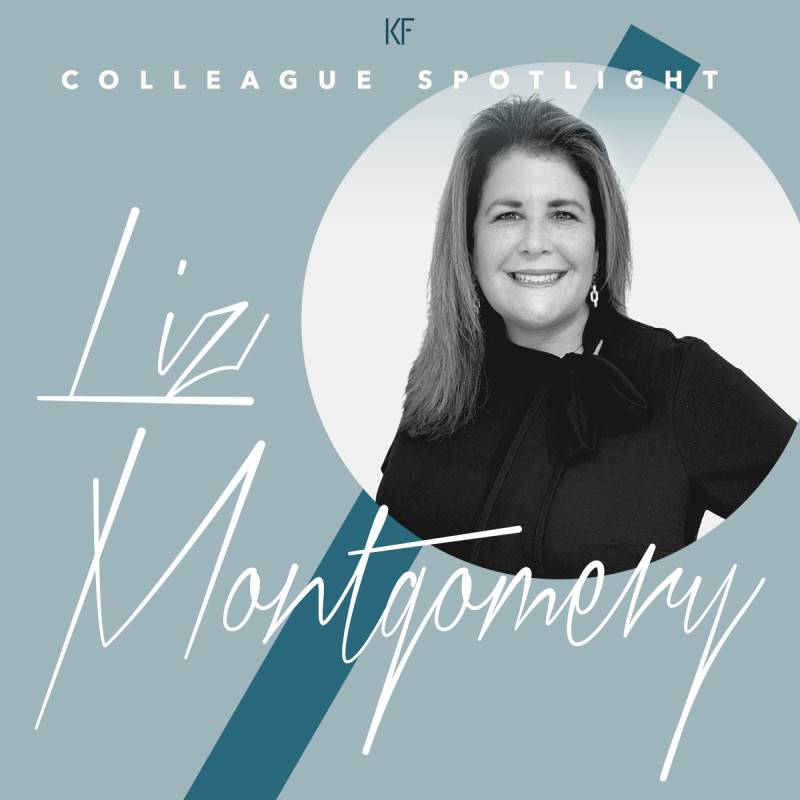Design Out of Reach: Maintaining a standard. Preserving a profession.
And right now, our survival is being threatened.
Traditionally, design has been a service (admittedly a luxury one) provided by professionals. These professionals spent a lifetime developing and refining their aesthetic sensibilities, immersing themselves in global design trends, and cultivating relationships. And they did it all so they could bring their unique talents to bear elevating homes above their plaster and hardwood. They helped create inviting living spaces that enhanced lives.
Is DIY the downfall?
Now, networks like HGTV and publications geared toward DIY home decor point towards a cultural shift where interior design is seen less as a speciality and more as something anyone with a Target gift card and a listicle of “Ten Hottest Design Trends of the Summer” can make happen.
Historically, the exclusivity of our industry meant you couldn’t even enter a textile or furniture showroom in a design center without a card-carrying designer. Net cost was an industry inside perk that helped designers make their margin while ensuring repeat business for retailers.
Now, more and more retailers (mostly big box) are happy to pass the net cost on to the public just to make the sale. Designers are being bypassed altogether while retailers form relationships directly with our clients.
How do we compete?
And while there still exists a small population of people who appreciate professional interior design, there is an increasing number who don’t. They don’t understand the costs involved, nor the time. They don’t understand that there’s a science behind it, and an art.
So the question becomes, in the interest of preserving our profession, how do we keep interior design exclusive to trained professionals and keep in-tact the long standing structure built from generations of designers?
Good design is about change.
As with any industry, we will forever be growing and evolving. Good design is about change. It’s about bringing elements of the past to sit comfortably beside the trappings of modernity, and through that combination creating something that is uniquely now.
Ready to start with that designer in the mirror?
We want to change. We should change. But how much change is too much? How ought we to feel about the growing accessibility of our industry and how do we handle it?
These are the questions we find ourselves hearing repeatedly from the interior design community. They don’t have easy answers, but we’d love to hear your thoughts as this conversation continues to evolve.




